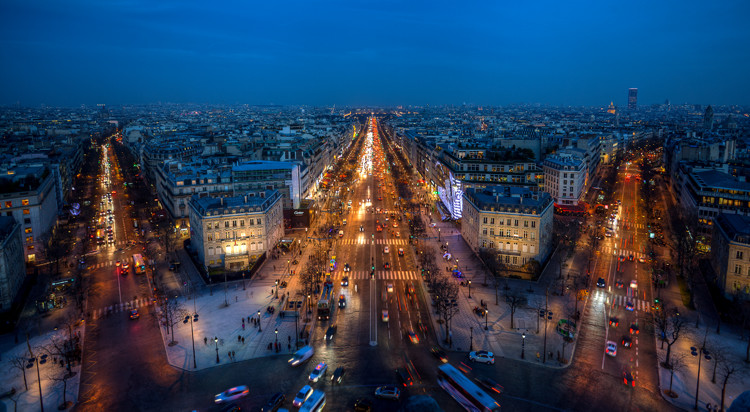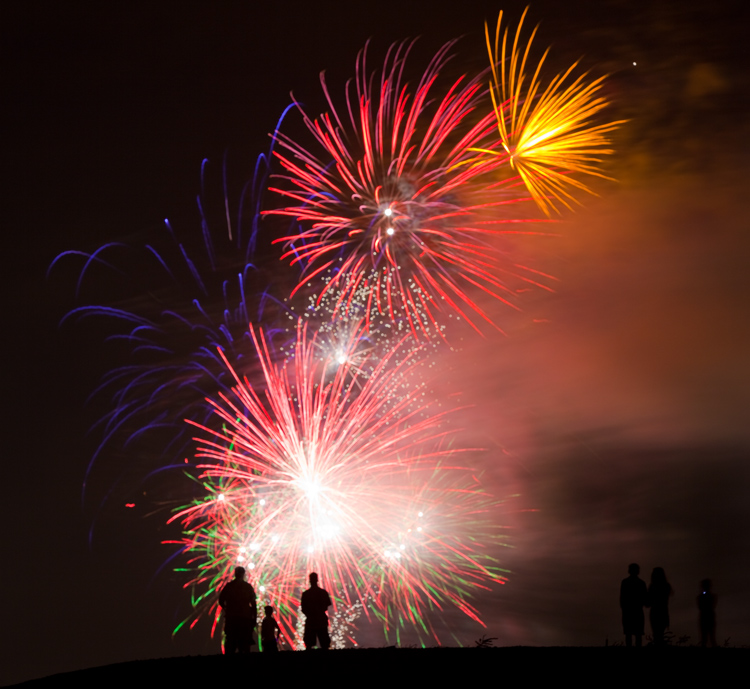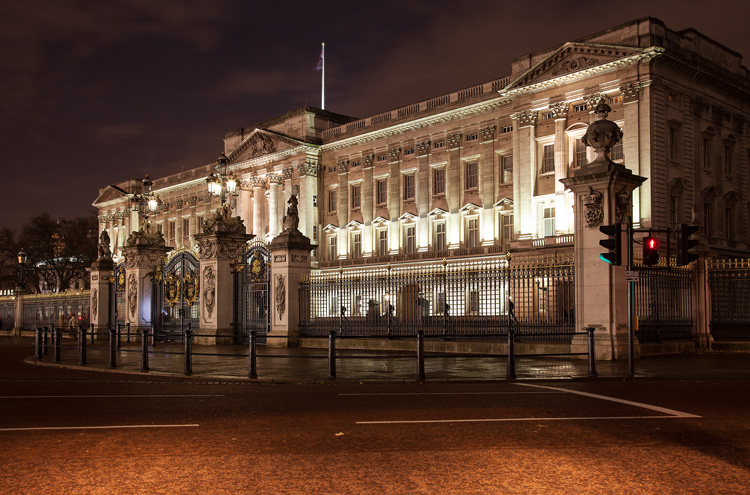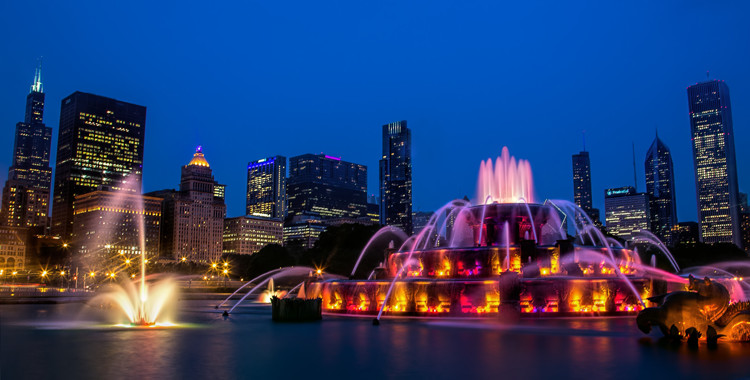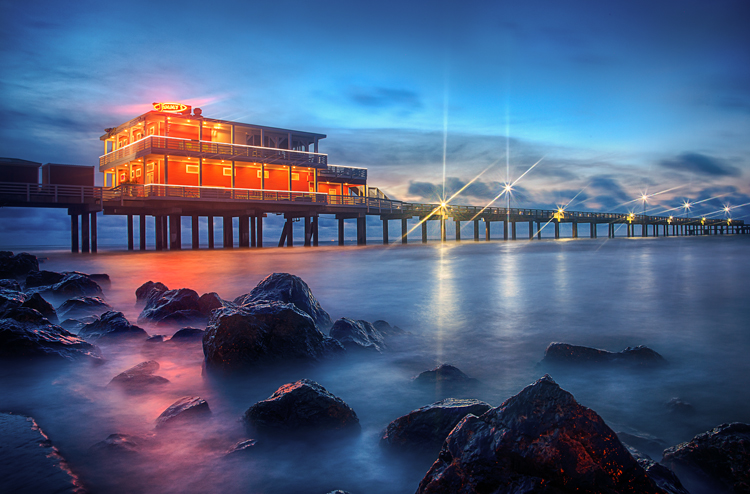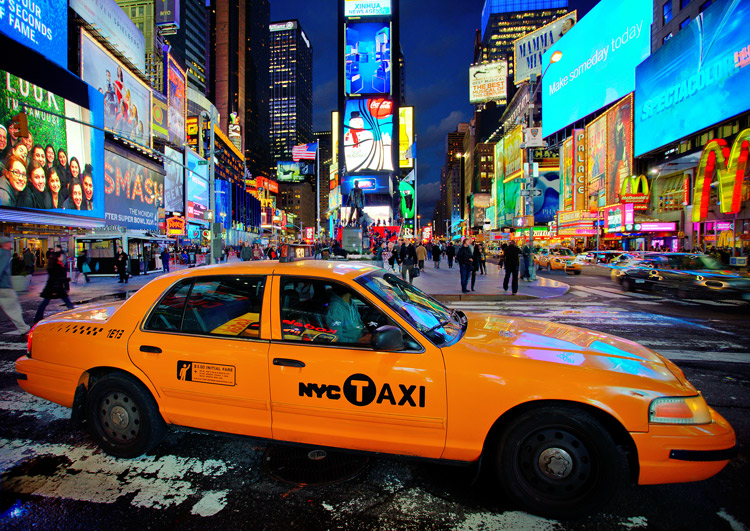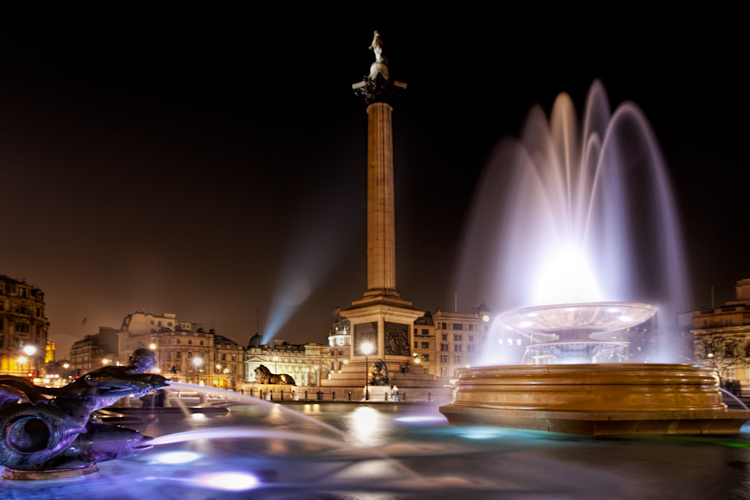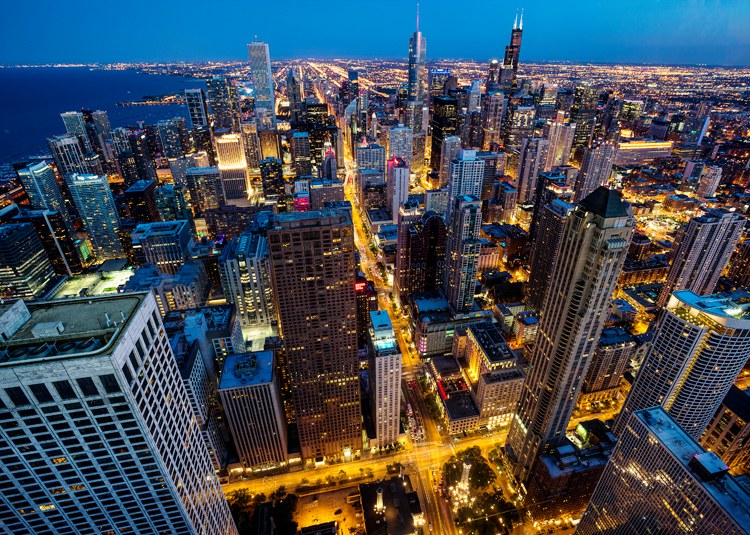Introduction
When it comes to night photography, choosing the right equipment can be a challenging task. The lack of light forces photographers to work with lengthy shutter speeds, bracketed exposures, and other techniques that require specialist gear. In this comprehensive guide, we will walk you through all the essential equipment you need for stunning night shots.
1. The right camera
It goes without saying that having a camera is crucial for night photography. However, not just any camera will suffice. Night photography requires advanced features and good low-light performance. Your camera should be capable of capturing low-noise images at high ISO levels, preferably ISO 1600 or above. To ensure that you have a suitable camera, you can refer to testing done by reputable sources like DxOMark and DPReview. Checking sample images taken at different ISO levels will give you a better idea of the camera’s performance in low-light conditions.
2. A small flashlight
A small flashlight may seem like a simple piece of equipment, but it plays a fundamental role in night photography. It assists with visibility and allows you to navigate your camera’s controls, set up your tripod, and deal with other accessories. Additionally, if your camera’s autofocus is struggling, you can use a flashlight to illuminate a specific part of your scene for better focusing accuracy. It is recommended to become extremely familiar with your camera’s settings, so you can operate it confidently even without a flashlight.
3. Spare batteries
Night photography often involves long exposures, which can quickly drain your camera’s batteries. It is essential to carry spare batteries to ensure that you don’t run out of power during your shoot. The number of batteries you need will vary depending on factors like your camera’s battery life and the conditions you are shooting in. It is advisable to have at least a couple of spare batteries, and if you anticipate being out for an extended period or in cold temperatures, having extra backups is recommended to avoid any disruptions to your photography.
4. A tripod
A tripod is a key piece of equipment for night photography. With low-light conditions requiring long shutter speeds, using a tripod is essential to avoid blurry images. While some street night photography can be handheld with high ISO settings and artificial light sources, most night photography scenarios necessitate the use of a tripod. While professional photographers often recommend large, expensive carbon fiber tripods for maximum stability, they can be cumbersome for extensive walking or traveling. Starting with a lightweight and portable tripod like the MeFoto RoadTrip or Manfrotto Befree is a practical choice. These tripods provide stability while being relatively affordable and easy to carry.
5. A remote shutter release
A remote shutter release is a valuable tool for night photographers. It allows you to trigger the camera’s shutter without physically touching it, effectively minimizing vibrations that can impact image sharpness. Unless you are shooting at shutter speeds faster than 1/80s, a remote shutter release is a must-have accessory. These releases are generally affordable, and basic models from third-party brands can serve the purpose well. Some advanced shutter releases also offer additional features like timers, intervals, and custom delays, which are beneficial for specific shooting techniques like time-lapse and star trail photography.
6. Your lens hood
A lens hood may seem unnecessary, but it plays a crucial role in night photography by minimizing lens flare caused by lights from different directions. Night photography often involves bright lights and extreme contrasts, making lens flare a common issue. Using a lens hood specifically designed for your lens can effectively block stray light and help you capture cleaner images. It is advisable to always use the lens hood that comes with your lens, and if it is not included, you can purchase one from the lens manufacturer or opt for a third-party option. Lens hoods can be stored on the lens in reverse position, making them convenient and easy to carry.
7. Neutral density filters
Neutral density filters are valuable assets for night photography, especially when you want to achieve long-exposure effects. In situations where you want to use longer shutter speeds than the lighting conditions permit, neutral density filters come to the rescue by reducing the amount of light entering the camera. This is particularly useful when shooting light trails or trying to blur moving subjects in well-lit areas. Having a collection of neutral density filters with different strengths allows you to adapt to various conditions and achieve desired effects. It is recommended to carry filters with different stop values, such as 3-stop and 10-stop, which provide versatility in different lighting scenarios. In a pinch, a polarizing filter can also serve the purpose by reducing light by 2 stops.
8. Fill lighting
Night photography often involves a combination of bright lights and very dark areas, leading to extreme contrasts. While post-processing techniques like HDR can help balance exposures, it is advantageous to achieve the desired effects in-camera. Fill lighting becomes essential in such situations. Flash units can work, but their limited range poses restrictions. A flashlight can serve as a practical alternative for fill lighting. By illuminating specific areas during the exposure, you can brighten up darker portions of the scene, ensuring better exposure balance. Experimenting with different flashlight sizes depending on your distance from the subject and the overall lighting conditions can help you achieve the desired results. Careful use of fill light not only saves post-processing time but also helps avoid noise and other issues associated with brightening extremely dark portions of the image.
9. Colored lighting
For photographers looking to add a creative touch to their night photography, colored lighting can bring life to the scene. There are two primary techniques to incorporate colored lighting:
- Using flash gels to color an area: Flash gels are colored filters that can be attached to the front of your light source. By “painting” over specific areas with colored light, you can add a touch of color to your photographs. While flash gels may not be used frequently, they are compact and easy to store, making them a convenient addition to your gear bag.
- Using glow sticks to add discrete lines/shapes/words: Glow sticks can be used to create painted lines, shapes, or even words in your images. During the exposure, you can move the glow sticks around to achieve the desired effect. While this technique may not be used in every night photography scenario, glow sticks are lightweight and portable, making them an excellent option for adding creativity to your shots.
10. A smartphone
Lastly, it is crucial to always carry your smartphone during a night photoshoot. While photography may be your escape, having your phone serves several essential functions:
- Timer: Many night photography situations require Bulb mode, which lacks a built-in timer. In the absence of a remote shutter release with a timer, you can rely on your smartphone’s timer function.
- Map: Navigating unfamiliar areas at night can be challenging. A smartphone with GPS capabilities can help you stay on track and avoid getting lost.
- Safety: It is essential to have a means of communication in case of emergencies. Your smartphone allows you to call for help if needed.
- Applications: There are various photography-related apps available, such as The Photographer’s Ephemeris, that help with information on celestial bodies’ movement. These apps are incredibly useful for planning night photography sessions and understanding lighting conditions.
Night photography equipment: final words
In conclusion, capturing stunning night photographs requires specific equipment to overcome the challenges posed by low-light conditions. By considering the essential gear mentioned in this guide, you will be well-equipped to tackle the complexities of night photography. Remember, it is crucial to understand your equipment thoroughly and practice using it beforehand to ensure a smooth and successful night photoshoot. Good luck and happy shooting!
The article is compiled and compiled by tipcamera.com


